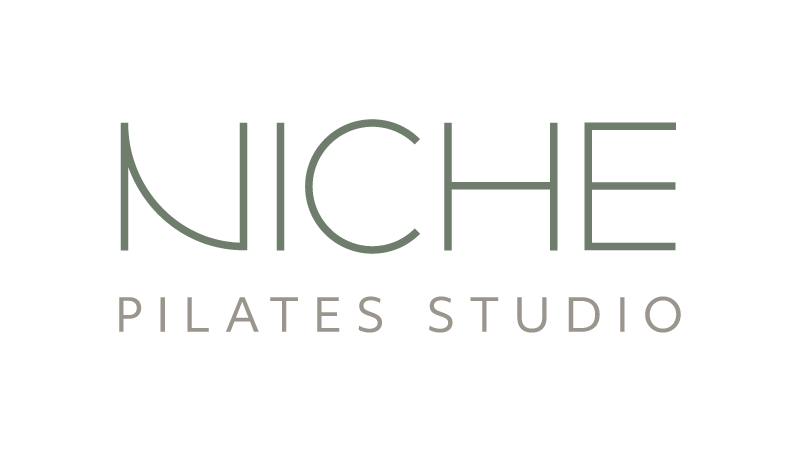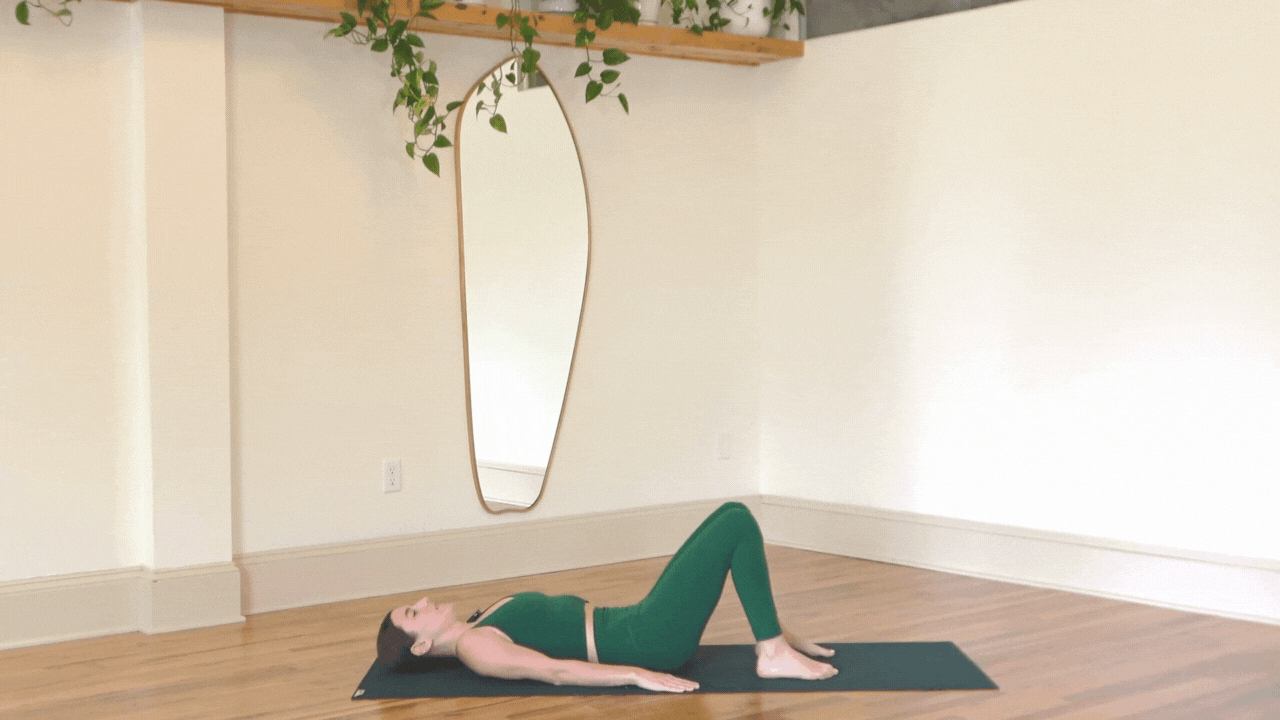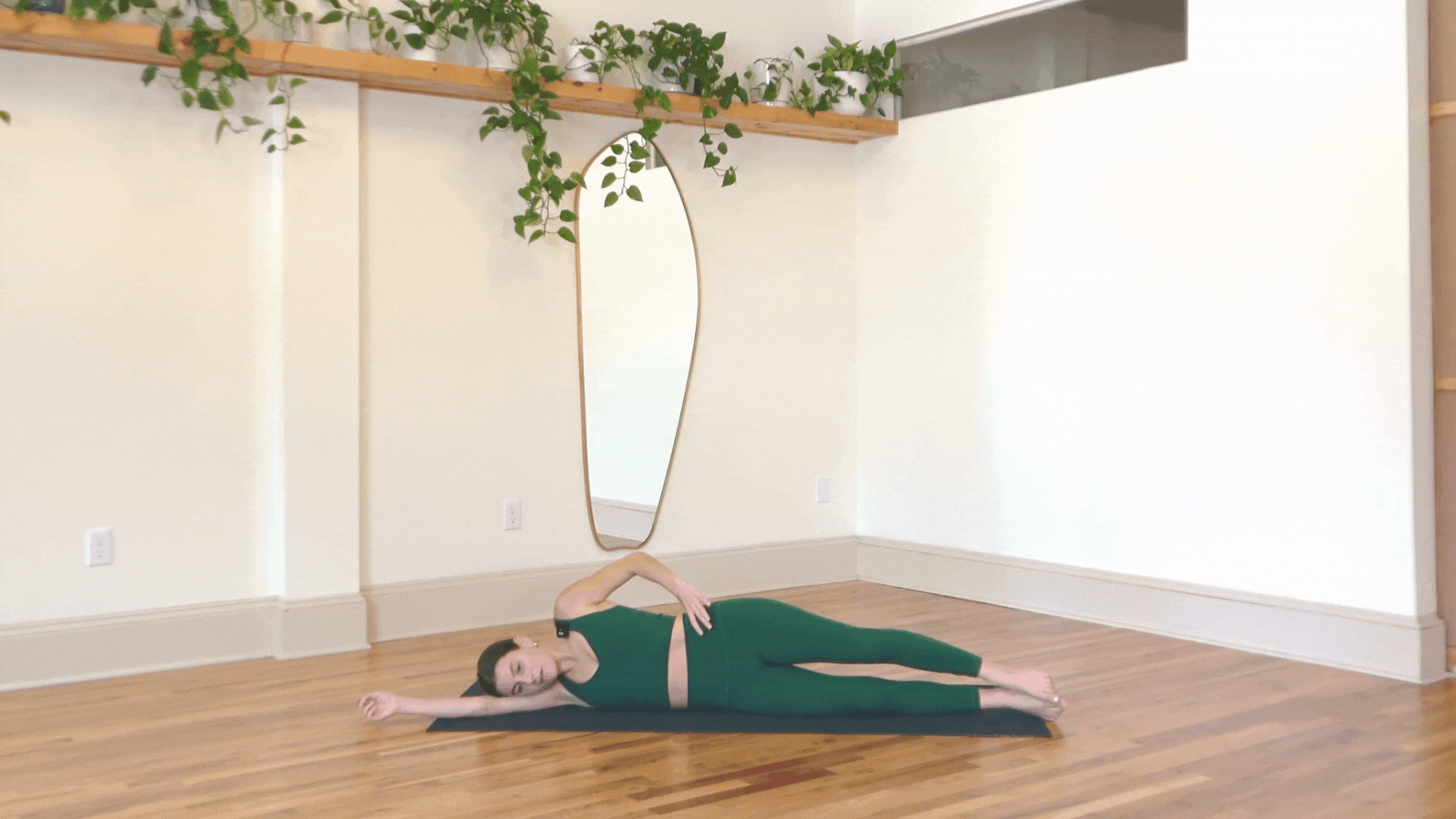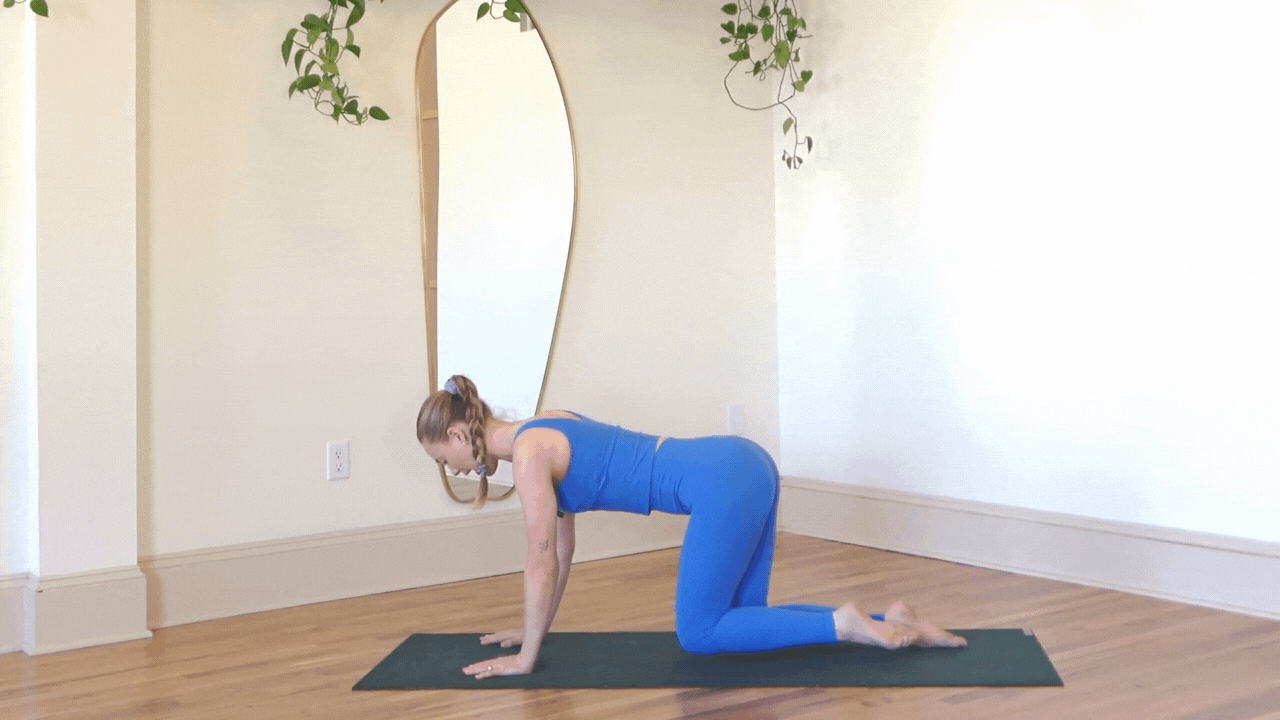The Pilates-Based Approach to Alleviating Tight Hips
At Niche, every private session (and even group classes, when size allows) begins with a quick check-in about your goals and what muscle group you’d like to focus on. One thing we hear more than anything else is: “My hips are so tight.” At this point, we’ve made it our mission to help you loosen up.
It likely doesn’t come as a surprise to anyone that the main reason your hips are tight is from prolonged sitting. For so many of us, sitting is, literally, a part of our job. When you are sitting, your hip flexors are in a shortened position and when you stand up, they stretch. That reluctance to stretch is what we call “tight hips.”
You might be thinking “I run before/after work” or “I try to squeeze in a peloton session between meetings while working from home.” Great! Those are both important things to include in your routine. But these activities won’t alleviate your hip tightness, and to a certain point, could be exacerbating the problem. When you’re sitting, your knees are positioned at hip height, and the same goes for running or cycling, only with added lifting and lowering at a steady pace. While great for cardio, these forms of exercise keep your hips in that tightened position. If you’re curious about supplementing your cardio with Pilates movement, you catch an overview here.
Foundational Pilates: Your Hip Anatomy
Before you settle in for your evening shows in butterfly or pigeon stretch, let’s take a quick look at the anatomy of the hip. Our hip is a joint where the top of the thigh bone (the femur) fits into a socket in the pelvis, like a ball in a cup. The pelvis itself is made of three connected bones. Muscles around the hip help move the leg in different directions. Some muscles, like the iliopsoas (typically called the “psoas”) and rectus femoris (sometimes called a quad muscle), lift the leg and move it forward. Others, like the gluteus maximus and hamstrings, move the leg backward.
While it may seem obvious to call the hips (and the abdominals) the core of the body, they often don’t get the recognition they deserve. The hips are more than just a structural base; they serve as the crucial link between the upper and lower body, making bipedal movement possible. The muscles surrounding the hips are deeply integrated, connecting to the pelvis, the femur, the lower back (spine), the knee, and the sacrum and tailbone. Instead of stretching, the focus needs to shift to strengthening, with a key focus on the areas mentioned above.
How can Pilates help?
There are many foundational Pilates exercises that focus on both core and glute strengthening (think of where the muscles connect). In almost each class at Niche, clients will do one of the following (if not all!) of these exercises with the intent of strengthening your core and glutes and therefore increasing pelvic and hip stabilization.
Bridges activate the glutes, hamstrings, and lower back while reinforcing spinal and pelvic alignment.
At Niche, there is no such thing as a boring bridge. Looking to spice up your bridge? Check out Savannah’s tips for doing so.
Side-lying variations isolate and strengthen the lateral glutes and hip stabilizers, often underutilized in daily movement.
Sidelying series are perfect for doing at home - while watching your favorite show We love the side lying variation in this YouTube video!
Quadruped leg extensions (tabletop position) engage the deep core, glutes, and spinal stabilizers, promoting controlled, functional movement.
Try these variations at home by following along with our YouTube video.
If you’ve reached the point of chronic hip tightness, or a combination of tight hips and lower back pain, we recommend that you schedule a private session with one of our instructors so that we can work together to establish a strong foundation using the simplest (but effective!) version of the exercises mentioned above so that you can graduate to more advanced moves in a group setting!



